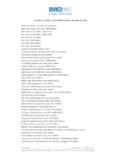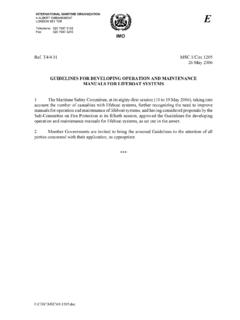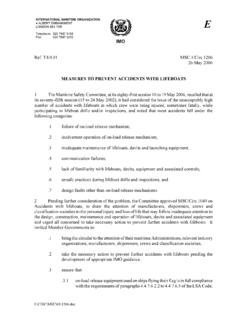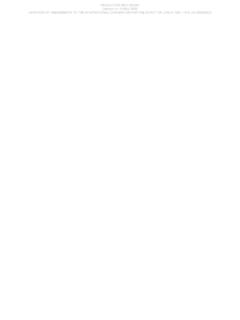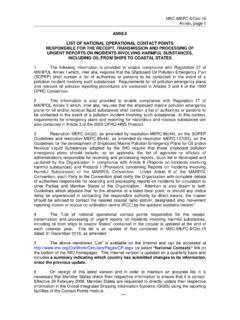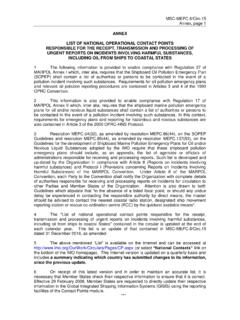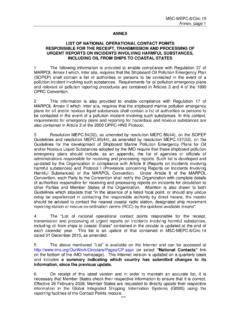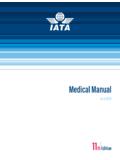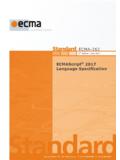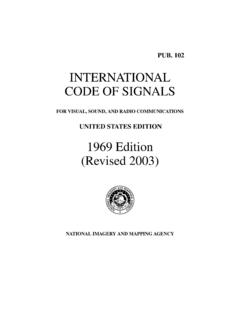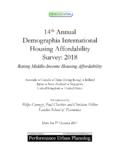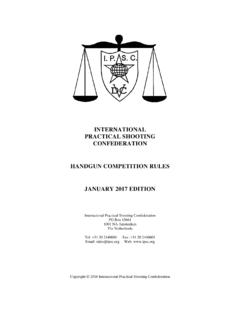Transcription of IMDG CODE
1 imdg code . 2016 edition . AMENDMENT 38-16. SUMMARY. There are many changes to the 2016 edition of the international Maritime Dangerous Goods code ( imdg code ). The significant changes are outlined below. There have been significant changes in Part 2 Classification, to include: a method of using test data to classify substances that are listed in the Dangerous Goods List (DGL) but meet the classification criteria for a hazard class or division that is not identified in the list; new criteria and documentation requirements for assigning fireworks to hazard divisions; the addition of new criteria for determining viscosity in Class 3 flammable liquids; the inclusion of polymerizing substances under Class ; and new sections defining gases, flammable liquids, toxic substances, and corrosives that are not accepted for transport.
2 New packing instructions have been added: P005 for the new Engine proper shipping names under UN3528, UN3529. and UN3530; P412 for the new UN3527 POLYESTER RESIN KIT, solid base material ; and P910 for the prototype and low production runs of lithium cells and batteries. A new large packaging packing instruction LP200 for aerosols has been added. A new Class 9 Miscellaneous Dangerous Goods label has been adopted for use when shipping lithium metal and lithium ion cells and batteries (new SP384). The Overpack mark now has a 12 mm minimum height requirement. New ISO standards have been incorporated into the applicable packing instructions for gases and the design and construction criteria of UN pressure receptacles and multiple-element gas containers. Updates to the DGL: The proper shipping name entries for Engines and Vehicles under UN3166 have been separated.
3 UN3166 now covers only Vehicle entries and Engines now fall under new UN3528, UN3529, and UN3530 entries. Polyester resin kits have been separated into two entries: UN3269 POLYESTER RESIN KIT, liquid base material . and new UN3527 POLYESTER RESIN KIT, solid base material . Polymerizing substances of Class have been assigned to new entries UN3531, UN3532, UN3533 and UN3534. Special provisions for shipping certain common items have been added, revised, or removed: SP188 now requires a standardized lithium battery mark for excepted shipments of lithium cells and batteries. SP312, 363, 961 and 962 have been revised; SP380 and 385 have been added; and SP970 has been removed due to the separation of the proper shipping name entries for Engines and Vehicles. SP236 now includes Class solid base materials for polyester resin kits.
4 SP310 the lithium battery prototype and low production packaging requirements have been moved to a new packing instruction (P910).
